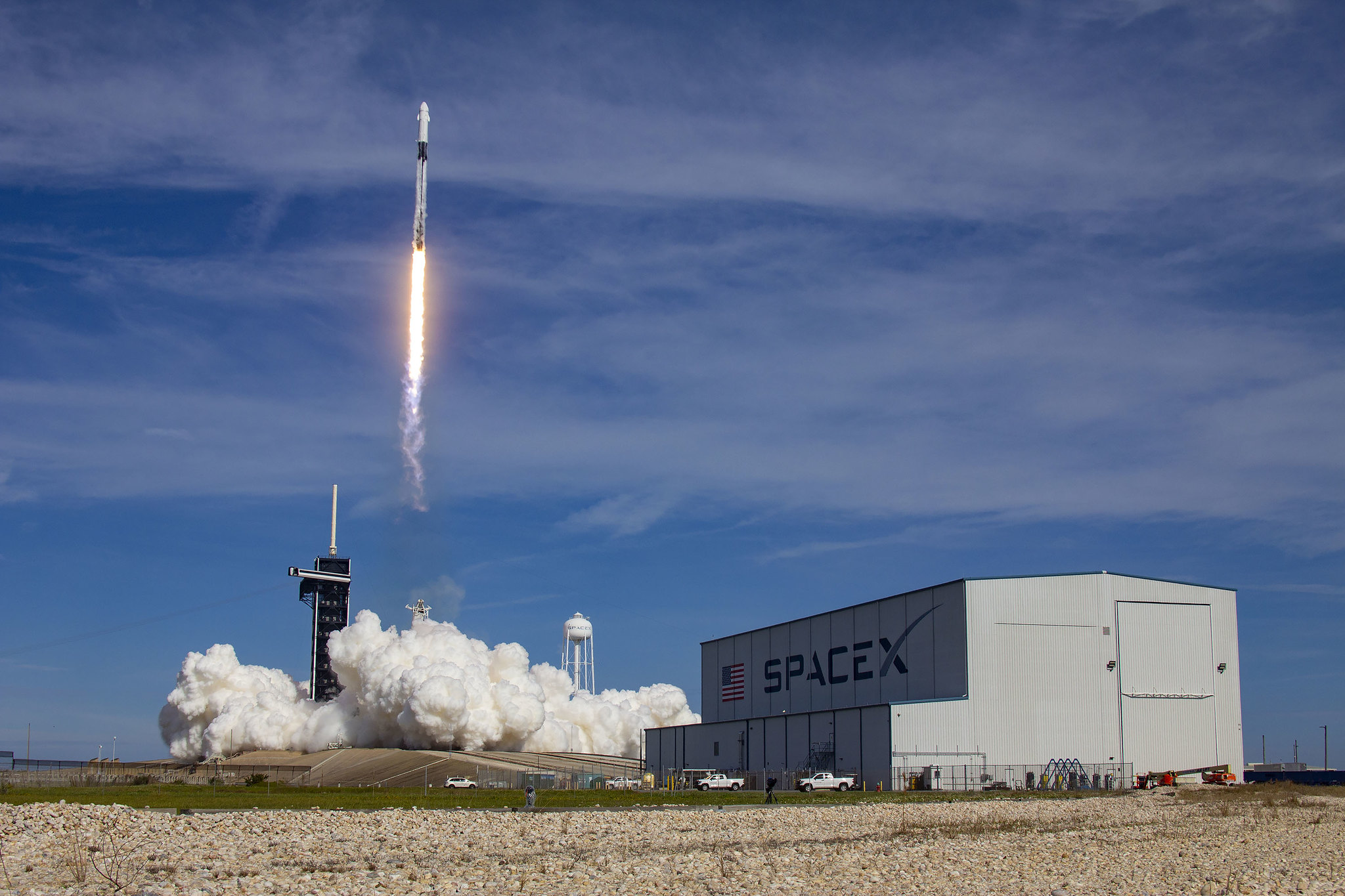NASA, SpaceX now targeting June 28 for next Dragon cargo launch after delay
CRS-25 had been scheduled to lift off on Friday (June 10).

NASA released a statement on Monday (June 6) indicating that teams would be standing down from this week's planned launch attempt for SpaceX's next cargo mission to the International Space Station (ISS).
The uncrewed mission to the ISS, known as CRS-25, had been scheduled to lift off on Friday (June 10). But unusually high levels of hydrazine vapor detected in part of the propulsion system of SpaceX's Dragon capsule prompted officials to push the launch back.
Hydrazine is a highly toxic fuel used by Draco thrusters, which serve as the engines on SpaceX's crew and cargo Dragon spacecraft. According to the NASA statement, high levels of hydrazine vapor were measured "in an isolated region of the Draco thruster propulsion system." NASA did not initially set a new launch date, citing the need to determine the exact source of the readings.
SpaceX's Dragon: First private spacecraft to reach the space station
But we now have a new target date. NASA and SpaceX are eyeing no earlier than June 28 for the launch of CRS-25 from NASA's Kennedy Space Center in Florida "pending variables, including availability on the Eastern Range and space station scheduling," agency officials wrote in an update on Tuesday (June 7). The brief blog post did not identify the cause of the unexpectedly high hydrazine readings.
As its name suggests, CRS-25 will be SpaceX's 25th cargo resupply mission to the International Space Station for NASA. It will be the third flight for this particular Dragon capsule. Both the crewed and cargo variants of Dragon are designed for multiple uses and can haul science experiments and other gear back to Earth from the orbital laboratory.
CRS-25 will carry a myriad of new experiments for the space station crew to conduct, including investigations into the effects of global dust composition on climate and experiments to measure aging and recovery in human immune systems.
Breaking space news, the latest updates on rocket launches, skywatching events and more!
In total, the mission will ferry over 2 tons of science and supplies to the station. When it docks with the ISS, the CRS-25 Dragon will add to the considerable traffic already at the station, joining SpaceX's crewed Dragon Freedom, a Russian Soyuz vessel, a Northrop Grumman Cygnus freighter and a Russian Progress supply ship.
Follow us on Twitter @Spacedotcom or on Facebook.

Josh Dinner is the Staff Writer for Spaceflight at Space.com. He is a writer and photographer with a passion for science and space exploration, and has been working the space beat since 2016. Josh has covered the evolution of NASA's commercial spaceflight partnerships and crewed missions from the Space Coast, as well as NASA science missions and more. He also enjoys building 1:144-scale model rockets and human-flown spacecraft. Find some of Josh's launch photography on Instagram and his website, and follow him on X, where he mostly posts in haiku.
